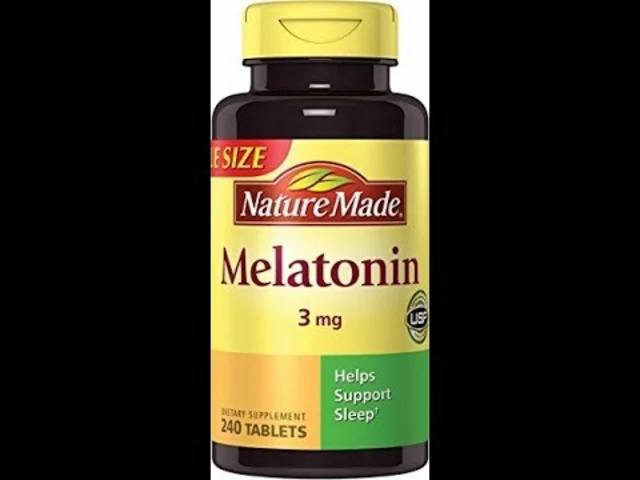Corticosteroid options: what they are and how to pick the right one
Need a quick, practical run-down of corticosteroid options? Steroids come in many forms — pills, creams, inhalers, injections — and each has different strengths and risks. This guide helps you sort that out so you can talk with your doctor or pharmacist with confidence.
Types and common uses
Oral/systemic: Prednisone, prednisolone, dexamethasone and methylprednisolone are used for severe asthma flares, autoimmune flares, and serious inflammation. They work fast but affect the whole body.
Topical: Hydrocortisone, triamcinolone, betamethasone, and mometasone are used for skin rashes, eczema, and allergic dermatitis. They vary by potency — low for face and groin, higher for thick skin on hands or feet.
Inhaled: Budesonide and fluticasone control chronic asthma and reduce lung inflammation with less systemic exposure than oral steroids.
Intranasal: Fluticasone and mometasone treat allergic rhinitis to reduce sneezing and congestion.
Injected: Joint or soft-tissue injections (triamcinolone acetonide, methylprednisolone acetate) give focused relief for arthritis, bursitis, or tendon inflammation.
Ophthalmic: Prednisolone acetate is used under strict supervision for eye inflammation — eye steroids need careful follow-up.
Side effects and safe use
Short courses (a few days) of oral steroids are usually safe for most people. Longer use raises more risks: weight gain, mood swings, high blood sugar, raised blood pressure, weaker bones, higher infection risk, and adrenal suppression if stopped too fast.
Topical steroid risks include skin thinning, stretch marks, and local infections when used too long or in high potency areas. Inhaled steroids can cause oral thrush; rinse your mouth after use.
Tapering matters. If you’ve been on oral steroids for more than 2–3 weeks, stopping suddenly can cause fatigue, dizziness, or worse. Your doctor will give a taper schedule based on dose and duration.
Monitoring checks: blood pressure, blood sugar, bone density (if long-term), eye exams, and watching for infections. Keep notes on side effects so you can discuss them during follow-ups.
Want fewer steroid effects? Try steroid-sparing options when possible: topical calcineurin inhibitors (tacrolimus, pimecrolimus) for eczema, NSAIDs and physical therapy for mild joint pain, DMARDs (methotrexate) or biologics (adalimumab, dupilumab, omalizumab) for certain autoimmune or allergic diseases, and leukotriene blockers or long-acting bronchodilators for some asthma patients.
Buying meds in Mexico: licensed pharmacies sell branded and generic steroids. Compare prices, check expiry dates, and ask for active ingredient names (e.g., prednisone). Avoid unlabelled products and always keep your prescription info at hand.
If you’re wondering which steroid option fits your problem, bring a short list of symptoms and current meds to your provider. That makes the choice faster and safer. If anything feels off while using a steroid, contact your prescriber right away.






